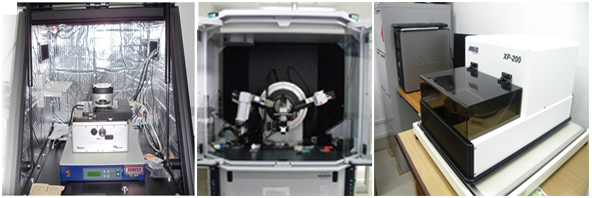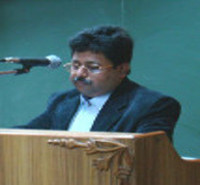 SUNAG Laboratory
SUNAG LaboratoryInstitute of Physics, Bhubaneswar






Important Links
Message
 Tapobrata Som
Tapobrata SomSolar cells are crucial for developing a clean renewable-energy economy, converting sunlight into electricity through the photovoltaic effect. Recently, various class of materials, including oxides, chalcogenides, perovskites, etc., have drawn significant interest for high-efficiency solar cells. Among all these, antimony selenide (Sb2Se3) and cadmium telluride (CdTe) are employed as absorber layers in thin-film solar cells with significant interest in the industry. Sb2Se3 offers abundant constituent elements, non-toxicity, and favorable optoelectronic properties, while CdTe is known for high efficiency and low manufacturing costs.
On the other hand, memristors (resistive memory devices) have gained tremendous research interest due to their versatile prospects in future storage and computation. Memristors are a class of electronic devices whose resistance changes based on the history of the applied voltage. Particularly, binary metal oxides, such as HfO2, TiO2, ZnO, WO3, CuO, and others have garnered significant research attention owing to their high scalability, low power consumption, and compatibility with existing CMOS system. They hold immense promise in various applications, from non-volatile memory storage and neuromorphic computing to reconfigurable logic circuits.
